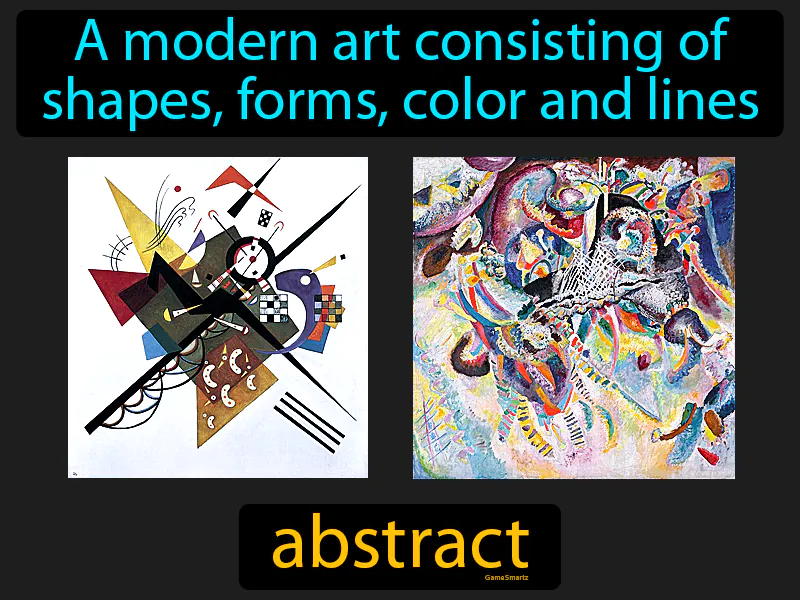Abstract
Abstract: Easy to understand
During the period of The Rise of Totalitarianism from 1919-1939, abstract art became a way for artists to express emotions and ideas that were difficult to capture with realistic depictions. It responded to the chaos and uncertainty of the time, as well as the desire to break from traditional forms of art and convey deeper, sometimes political, messages. Abstract art allowed individuals to communicate complex feelings about the changing world and the oppressive regimes emerging in Europe. Today, abstract art still matters because it encourages personal interpretation and emotional connection, allowing people to find their own meanings and reflections. For instance, seeing an abstract painting in a museum might inspire someone to explore their own creativity and express their feelings through art, providing a therapeutic outlet in challenging times.

Practice Version

Abstract: A modern art consisting of shapes, forms, color and lines. Abstract. Abstract art started in the early 20th century, focusing on ideas rather than direct representation.